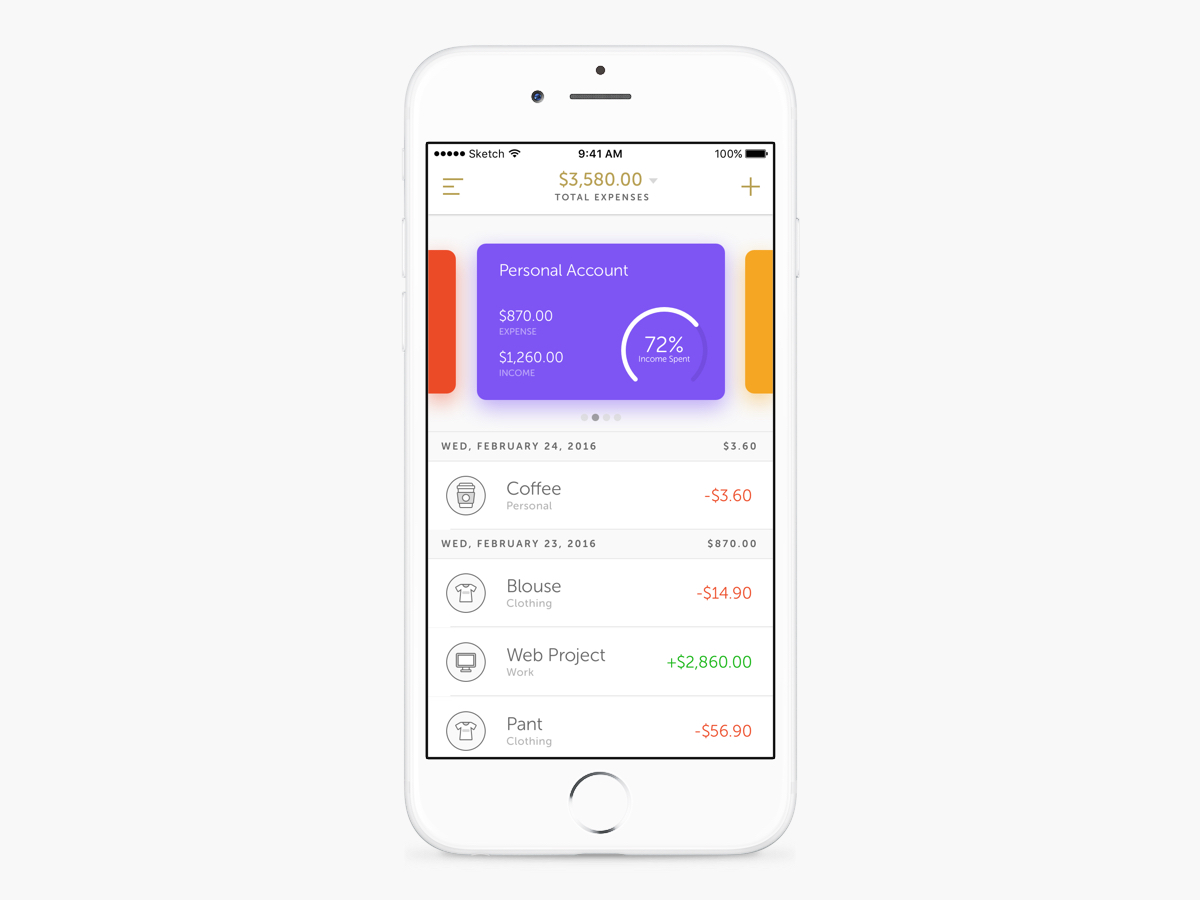

Allowing your user to search the text of the list.Reestablish context by reflecting the Account name next to each Team.While this technically works, you run the risk of losing your context unless you take another step to: Note: if you wish, you may also GET for a user, and our API will return every Team a user belongs to, regardless of Account context. When a Team is selected, you’ll want to display its constituent Projects. You can find more info on pagination by reading Pagination and Errors.įrom each Team, grab the following attributes: Frame.io's API rate limits are fairly high, but it's always good to check response headers, and if necessary, paginate. While it’s unlikely a user will exist on more than a few Accounts, Teams are a resource that can balloon quickly. The API will handle the context for you, so all you need to do is make a valid call specifying the account_id in the above request. discoverable to any Team Member in the Account), or “private” (discoverable only to specific Team Members). Once your user chooses an Account, you'll probably want to present Teams which requires an additional API request. Our recommendation is to check, and if not null, display the Account with the following order of preference: If you're displaying users in another app, consider writing conditional logic for presenting user Accounts. Note that id and owner.email are the only required fields on a user account. To work around this, you should either re-fetch the image every time your service loads, or ideally, store it locally. Note: the Account’s image returned by our API will be a pre-signed S3 key, so the URL returned will “die” after about a day.

The payload for the Accounts request is fairly verbose, here's a summary of the important data you may want to grab from the response: You may also receive Teams for which a user has billing/Admin rights, but no Team access, but this is rare, and will be washed out in the next step. You’ll receive every Account on which the user has Team Member, Team Manager or Admin status. Make the above call with a valid bearer token to get a User’s Accounts. In any case, the methods covered in this guide apply to both. Fetch a User’s shared projects, and list them all together as a separate context.Įither method is fine the latter is a bit easier, but the former is closer to how Frame.io's web app presents similar information.
Logout frameio account zip#
Logout frameio account how to#
This article explains how to interact with the file tree by making sequential API calls. Here's the basic hierarchy of resources (or files) within Frame.io: Account > Team > Project > Assets Whether the end goal is publishing, editing, or pushing Assets through a workflow stage, many deeper integrations with Frame.io will involve listing out user context and, ultimately, a directory view.


 0 kommentar(er)
0 kommentar(er)
